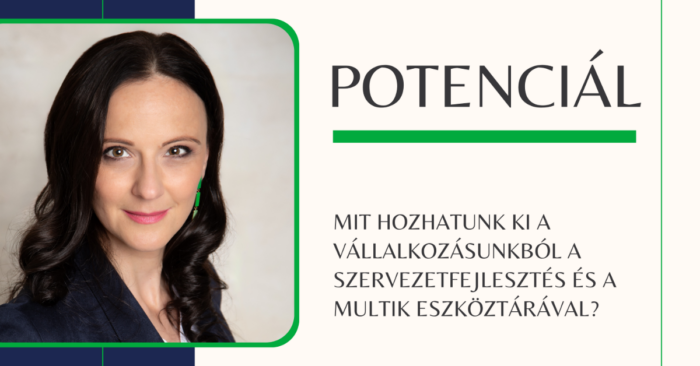Sok évvel ezelőtt részt vettem egy vezetői képességeket fejlesztő táborban Skóciában. Nagyon fiatal voltam még, és nem volt vezetői gyakorlatom, megelőlegezték nekem a bizalmat, de pont emiatt nehezen találtam meg a helyem. Egy héten át oldottunk meg mindenféle cseles feladatot a világ minden tájáról jövő fiatalokkal, gyakran csapatban, és közben azt figyelték a trénerek, ki hogyan működik együtt, vannak-e ösztönös vezetők, meg hasonlókat.
One particular task was very memorable, and I recently connected it with an important leadership attitude. It was an outdoor activity where I had to ride a bike on a track made of wooden pieces, but my shoelace kept coming untied. I kept falling off the bike until one of the team members, a slightly older, friendly American guy, remembered learning some cool shoelace tying method somewhere. He immediately knelt down in front of me and tied my shoelaces in a way that allowed me to continue and complete the team task.
On one hand, it was a bit of a bizarre situation to have someone tie your shoelaces as an adult. On the other hand, it was a functional leadership strategy: if tying shoelaces is needed to help the team succeed in their task, then I don't mind doing it because what matters is reaching the goal together.
Obviously, tying shoelaces is not always the solution, but the analogy can be applied anywhere: if a colleague needs to handle four customs clearances at once and serve lunch to the guests of the factory, should I, as the plant manager, step in to help with the food? Should I scan invoices if the accounting is overloaded with gathering documents for the tax audit? Should I take part in the inventory checks so the team can go home earlier before Christmas, or should I wait until the inventory list lands on my desk?
Does it fit within my role as a leader to take on non-leadership tasks from the team in situations where it's clear that there's a temporary shortage of resources and my colleagues are overloaded with too many tasks, but I can help only with the very simple ones?
For me, the answer is always yes. By doing so, the team can move towards the common goal, the pressure decreases, what enables them to work more efficiently and with greater focus. And last but not least, work together has an incredible positive impact on teamwork and the trust towards the leader because they experience firsthand that we stand by them in difficult moments.
So, who ties the shoelaces? Whoever has the time, opportunity, or idea at that moment...






